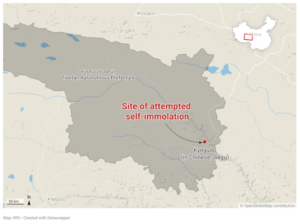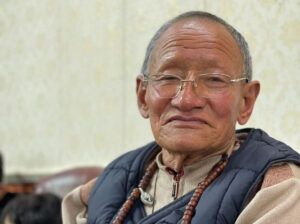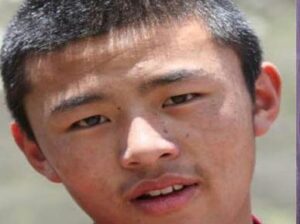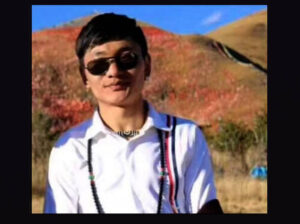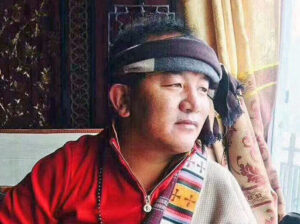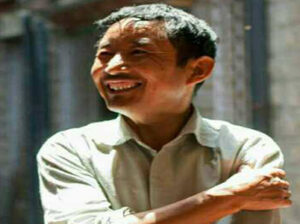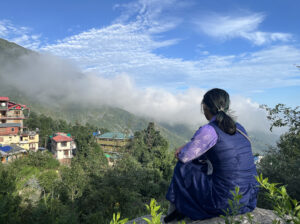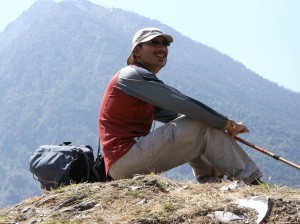 Nima Tshering is a mountaineer and trekking guide. Follow him into the mountains and you know that nothing will go wrong, he will show you the way and keep you safe and sort any problems before they happen.
Nima Tshering is a mountaineer and trekking guide. Follow him into the mountains and you know that nothing will go wrong, he will show you the way and keep you safe and sort any problems before they happen.
Nima walks with a steady mountaineer’s pace, sure footed and agile on the mountain path, singing as he walks, totally at home. His sunny nature makes a friend of everyone he meets and even the birds seem to know him, answering him as he whistles their calls. He misses nothing and can tell you about flowers or wildlife or the lives of the people we meet on the way. He loves the mountains. “Other people pay to come here” he says, “I love my work. I am very happy”.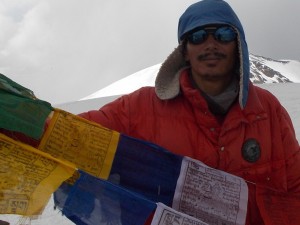
He has plans to start his own trekking agency based in Darjeeling where his family lives, but if the situation in Tibet changed they would all go straight back. “It is my fatherland” he says. His family left Tibet in 1982 when the Chinese started disrupting their village. “They were disturbing people, they do not want the Tibetan religion and language” says Nima. So they left their very successful business, using yaks and mules to transport Tibetan wool and yak cheese across the Nepali border and trade for clothes and sugar.
What does Nima think of the Tibet situation now? There is a Tibetan community in Darjeeling where they keep up with Tibetan news and they, too, have candle lit vigils to mourn the self-immolators. Nima went with them to the Solidarity Rally in Delhi, he takes part whenever he is not away in the mountains.
“Slowly, slowly” he says. He sees McLeodGanj as a hub, with Tibetan people going from there all over India and the world, spreading the word. “Nothing will happen soon, but eventually it will happen”. He says the problem is not the Chinese people but their government, and he is hopeful of the new leadership. “I have read about the new leader and I think he will make changes”.
The change Nima would like to see is that the Tibetan religion and language should be taught in schools in Tibet. “We must teach the children, and this way we can keep our religion and language alive”. He sees the written language as particularly important for preserving their culture, especially in the face of growing westernisation among Tibetans in exile. Nima has succumbed somewhat reluctantly to westernisation, wearing mountaineers’ clothes for his work, and with short, practical cropped hair. But 2 years ago Nima’s hair came down to below his waist. A vist to Butan and a hefty fine for having long hair – illegal there – and he cut it short. He left his cut hair as an offering 7,000m up in the mountains.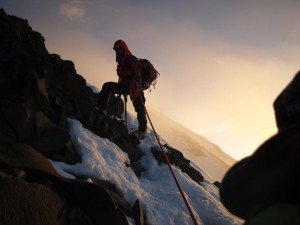
Nima tells me that the great Sherpa mountaineers like Tenzin Norgay, one of the first 2 men to stand on the summit of Everest, are all Tibetans. “People think sherpas are Nepali”, he tells me, “but the name ‘Sherpa’ comes from the Tibetan word ‘shar’ meaning ‘east’ or ‘sunrise’. These were Tibetans who came across the mountains to settle in the Mustang region of Nepal. They are very strong and hardworking”.
 Nima feels he is a true son on the mountains. Walk up to a high place with Nima and while you gaze awestruck at the Himalayas spread out before you, he will turn towards a gap in the mountains where there is a pass through. His eyes light up as he says, quietly, “There is Tibet”.
Nima feels he is a true son on the mountains. Walk up to a high place with Nima and while you gaze awestruck at the Himalayas spread out before you, he will turn towards a gap in the mountains where there is a pass through. His eyes light up as he says, quietly, “There is Tibet”.




 Print
Print Email
Email